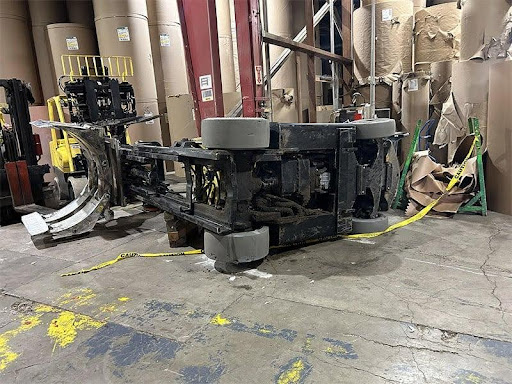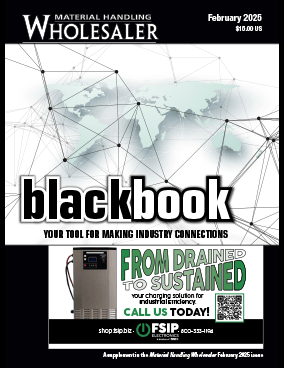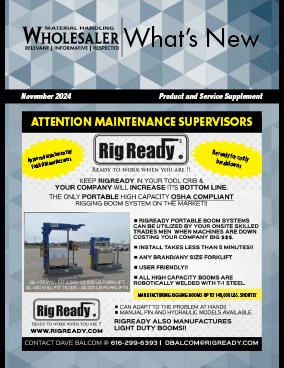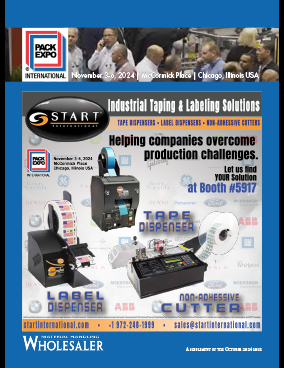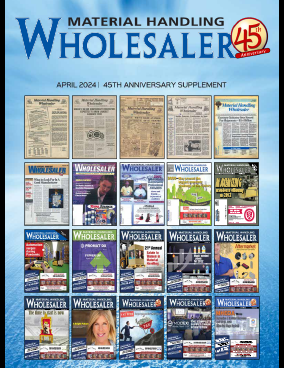One of my favorite quotes from the late Peter Drucker is “You cannot manage what you do not measure.” There are dozens, if not hundreds, of business organizations in our industry that still do not understand this basic theorem. These companies exist on what I call situational inertia. Many of these dealers continue to do well in spite of not measuring or managing their departmental performance. In many cases, these enterprises succeed due to having the right mix of people, infrastructure and tools in order to keep customers happy, and keep the business going. They are successful only by their own definition of success. This is why I don’t like the term success. It’s self-defined, and many times it’s a moving target. I prefer to focus instead on optimizing resources. Optimization is much more measurable and static. It answers the looming question:
How good could it be?
Many of us remember the boom years of the late 1990s. New equipment sales were breaking records, and OEM’s were struggling to increase their manufacturing capacity and keep lead times from ballooning. I was a sales manager at the time. While speaking with one of our largest suppliers, I took the opportunity to make the point that our dealership had set sales records for the last three years running! An old industry veteran looked across the table at me and immediately shattered my hubris with one phrase. He simply told me that “even a pig can fly in a hurricane.”
There are times when the pace of the market actually blows an organization toward the success that they never saw coming, and never really planned for. This is the inertia I referred to earlier. The sad and sobering news however demonstrates time and again, that our market is cyclical. The winds of economic growth will not carry us forever. When the wind stops blowing, and the customers are no longer expanding, or replacing their fleet, your organization has to adapt to the changing landscape.
In order to actually chart a course forward, instead of simply hoping for the best, it is important to pinpoint exactly where you are on the map. You cannot simply set goals based on industry standards and practices. Your plan has to uniquely apply to you. Yes, there are industry benchmarks that apply to many of the standard metrics used to run a dealership, but every business operates a little differently. Planning for success cannot be done with a one-size-fits-all formula.
There are three steps to measuring and managing your departments to optimum performance. The first is assessment. You have to know what is, if you want to know what can be. The second step is proper goal setting. The third step is to develop action plans and initiatives to move you toward those goals.
Using these three steps to chart the course answers the three questions that all of your managers and your employees instinctively want to know:
Where are we? (Assessments)
Where are we going? (Goalsetting)
How are we going to get there? (Action plans and initiatives)
In this article I will discuss the first portion of this process -Where are we? It’s important to know how and what to assess as you search for optimization. In subsequent issues, I will touch on goalsetting, action plans and initiatives.
Where are we?
Measurement is the first step in any assessment of a dealerships business operations. The key to success in measurement is to find the things that are really worth measuring. Even more importantly, and more difficult, is to find the actual key metrics to measure. Not every measurement will provide the proper insight.
We live in the information age. We have all come to believe in the adage that knowledge is power. Just look at the news media. 24-hour news cycles shovel information at us so fast, our brains can hardly assimilate the deluge. Should we listen to the broadcaster or read the crawling message at the bottom of the screen? Perhaps there is better data on the website, so we open the laptop or turn on the tablet to navigate the web’s version of the latest event. If there is a word we don’t understand, or information we need that will give us context, it’s ultimately simple to just grab our favorite device and asking Siri (or Cortana, or Alexa) to inform us on the population of Syria, or the location of the Caspian Sea, or the meaning of the word vituperative.
Data…at our fingertips. This has become the standard of our time. Data is widely available. There is a preponderance of data about your business that can and should be used to establish where you are, and help you chart a course for where you want to go. The difficult task of assessing data is comprised in these two questions:
- Is the data that I am using accurate?
- Is the data, after confirming accuracy, meaningful?
We live in a constantly changing world of aftermarket data points. Here are just a few:
- Sales revenue
- Cost of goods sold
- Gross profit
- Direct expenses
- Allocated expenses
- Net operating profit
- Absorption rate
- Labor efficiency rate
- Overtime/double-time
- Billing efficiency rate
- Internal labor ratio
- Number of PM’s
- Response time
- First time fix ratio
- Inventory turns (warehouse)
- Inventory turns (service vans)
- Stock order ratio
- Dollars per parts order
- Profit per parts order
- Average daily parts billing
I could list another 40 or 50 bullet points here, but I think we all get the picture. There is an enormous amount of data available to measure. In this regard, I think it’s vitally important to focus on collecting and using data points that can be:
- Measured from multiple viewpoints – i.e. amount produced/percentage/ growth
- Tied to performance of the department (specific)
- Tied to a hard target goal that is widely understood by the majority of the staff (especially departmentally).
For instance, we can measure our total revenues in the parts department. But if we do, we must understand that this measurement may need to be broken down into smaller pieces in order to tie it to performance and goals. To be meaningful revenues may have to be broken down and segmented as follows:
- Counter revenues
- Shop revenues
- Service van revenues
- Revenues per counterperson
- Revenues per billing day
- Revenues per product line
I have attended countless forecasting sessions, where parts managers looked at their annual numbers and simply tacked on 5% for next year. The thought process was fairly cursory. Most suppliers will increase their prices 2% across the board, and we can expect growth at around 3% for the coming year.
Other than the impact of inflation, in general, revenues don’t grow themselves. Growth doesn’t just happen. Managing what you have measured takes a plan of action. The component pieces that make up a total revenue forecast are more important than the revenue target itself. It helps you with the ever present question of how are we going to do that? The steps you take are enacted by your people and governed by your processes, but you cannot start to make a real plan without the breakdown.
The six breakdown assessments listed above can be accurately measured, and can have their own line-item targets for improvement that are consolidated into a tangible plan of action that can be executed, re-measured, altered if needed, and managed once again.
So if you don’t already follow this plan of measuring, targeting, and then managing the results, give it a try on just one or two of the data points on which you can trust. Just remember that every major line on your operating statement that you use to truly manage your business needs to be broken down into actionable pieces in order to be significant.
After you choose the measurements, and establish where you are we can begin the practice of setting appropriate targets. But that is the subject of the next aftermarket column!
Dave Baiocchi is the president of Resonant Dealer Services LLC. He has spent 33 years in the equipment business as a sales manager, aftermarket director and dealer principal. Dave now consults with dealerships nationwide to establish and enhance best practices, especially in the area of aftermarket development and performance. E-mail editorial@mhwmag.com to contact Dave.




